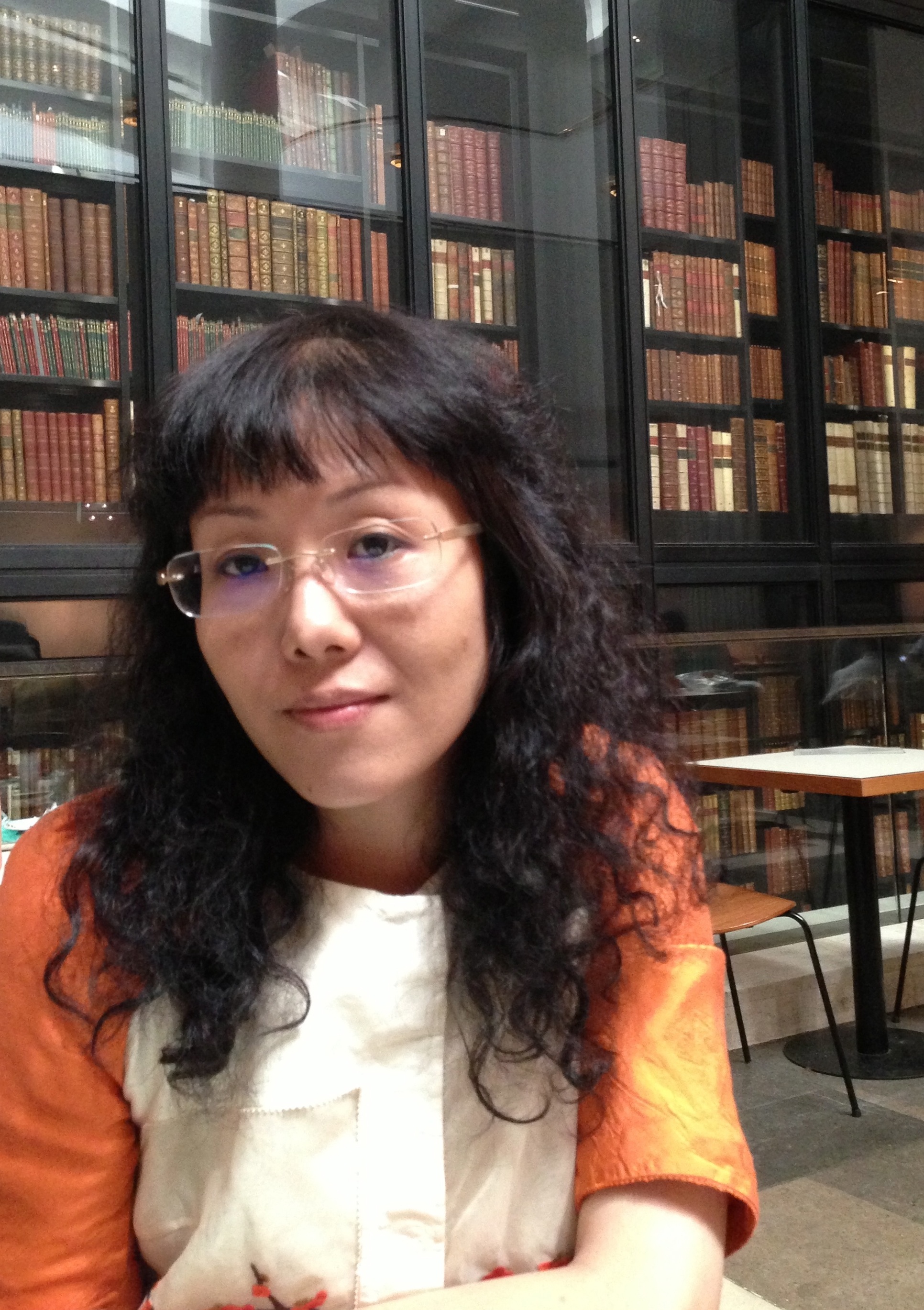Liu Yu
How Did the National Qipao Become the Hottest Trend During the Republic of China?
Liu Yu
Donghua University, China
liuyu32@dhu.edu.cn
Liu.yu@rca.ac.uk

Bio
Liu Yu is a professor in Fashion & Art Design Institute at Donghua University, where she gives courses on fashion culture and history. She holds the first MA degree in Fashion and Textile Design from Hongkong Polytechnic University, and the second is in Clothing Design and Engineering from China Textile University. She completed her DPhil in Clothing Design and Engineering at Donghua University in 2005.
Professor Liu’s research focuses on the history of women’s costumes and aesthetics, as well as fashion media and communication. She is the author of The History of the Chinese Qipao (Zhongguo qipao wenhua shi, 2011). Her most recent project is a comparative study of female dress in China and the West. She is currently a visiting scholar at the Royal College of Art in London.
When we are talking about “Non-Western Fashion” today, Qipao should be a very successful example in China during the first half part of 20th century. As the most typical traditional women’s wear of China, Qipao was always being adjusted and changed to keep the balance between tradition and fashion (Chinese elements and Western trends), during its popular times (from 1920s to 1940s).
In this paper, the popular times of Qipao is divided into four periods (1910s, 1920s, 1930s and 1940s) to trace its evolution and development. By analyzing on the styles, silhouettes, design details, typical elements and matched accessories of Qipao from these four periods, the reformations and innovations are obtained obviously. Especially by comparing with the main western trendy pieces of the given time, it is focused on what are the similarities and differences between Qipao and the most popular women’s fashion. The further research is trying to answer the key question ----how Qipao was adjusted over time to keep up with the steps of the western trends, while still maintain its national style and traditional taste. It is just because of theses wise adjustments that wearing a national traditional dress could become the hottest trend among fashionable women at that time.
On the basis of attempting to find the reason why Qipao was so deeply and widely accepted by modern Chinese women during the Republic of China, and why wearing Qipao was not just national, but fashion as well at that time, it is finally aimed to discuss the advices on how to transfer the national to fashionable for today’s “non-western fashion”.
Keywords: Women’s Wear, design, Qipao(Cheongsam), Western Trend, the Republic of China



